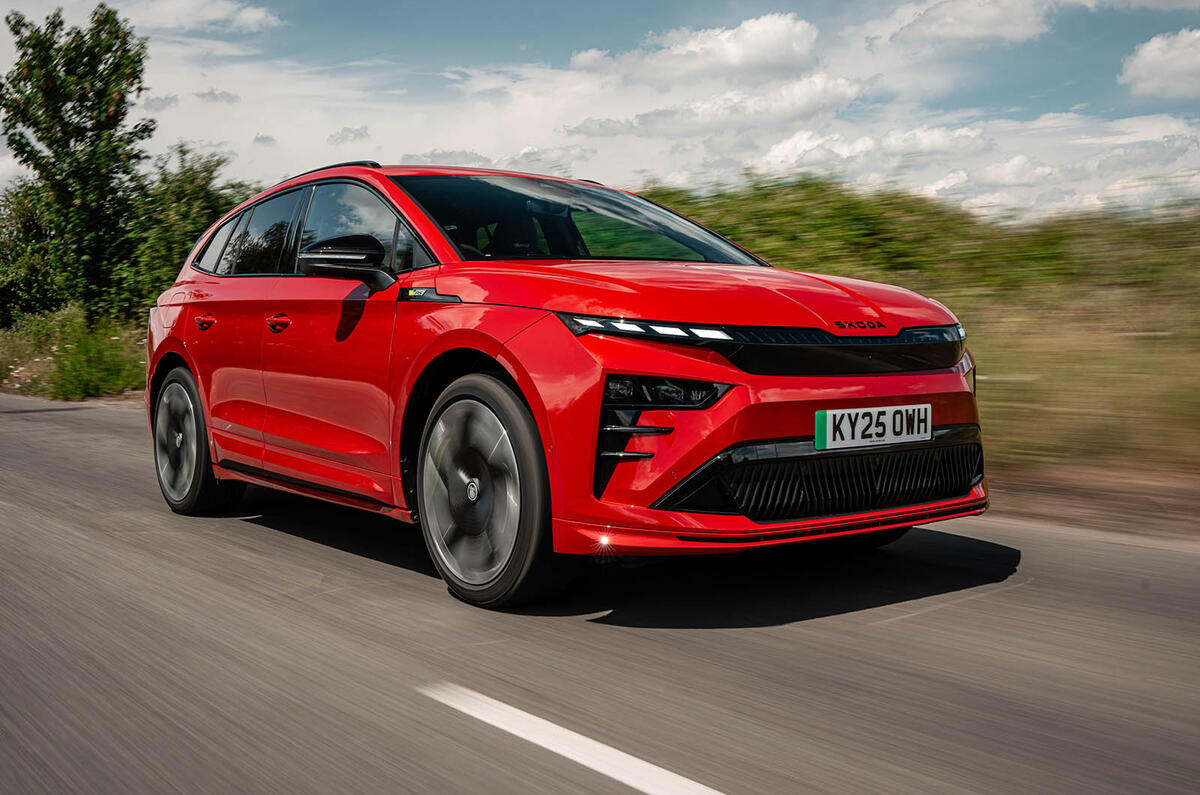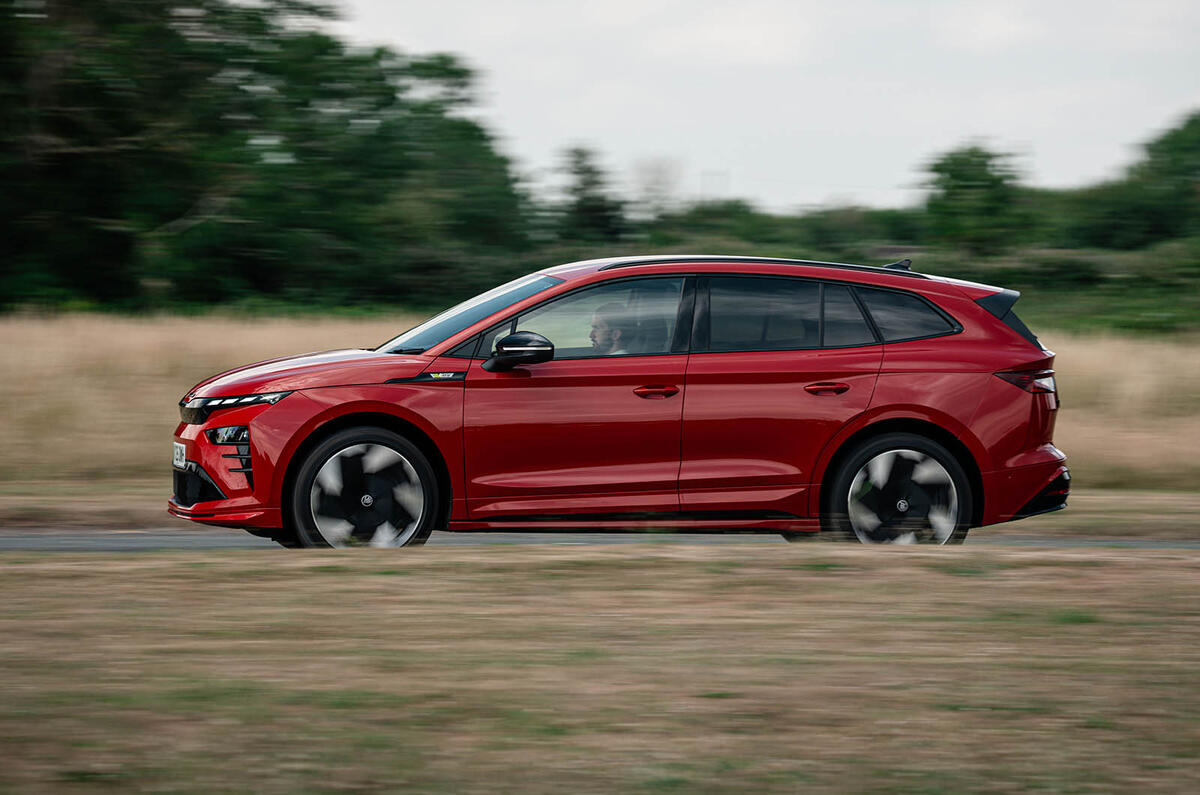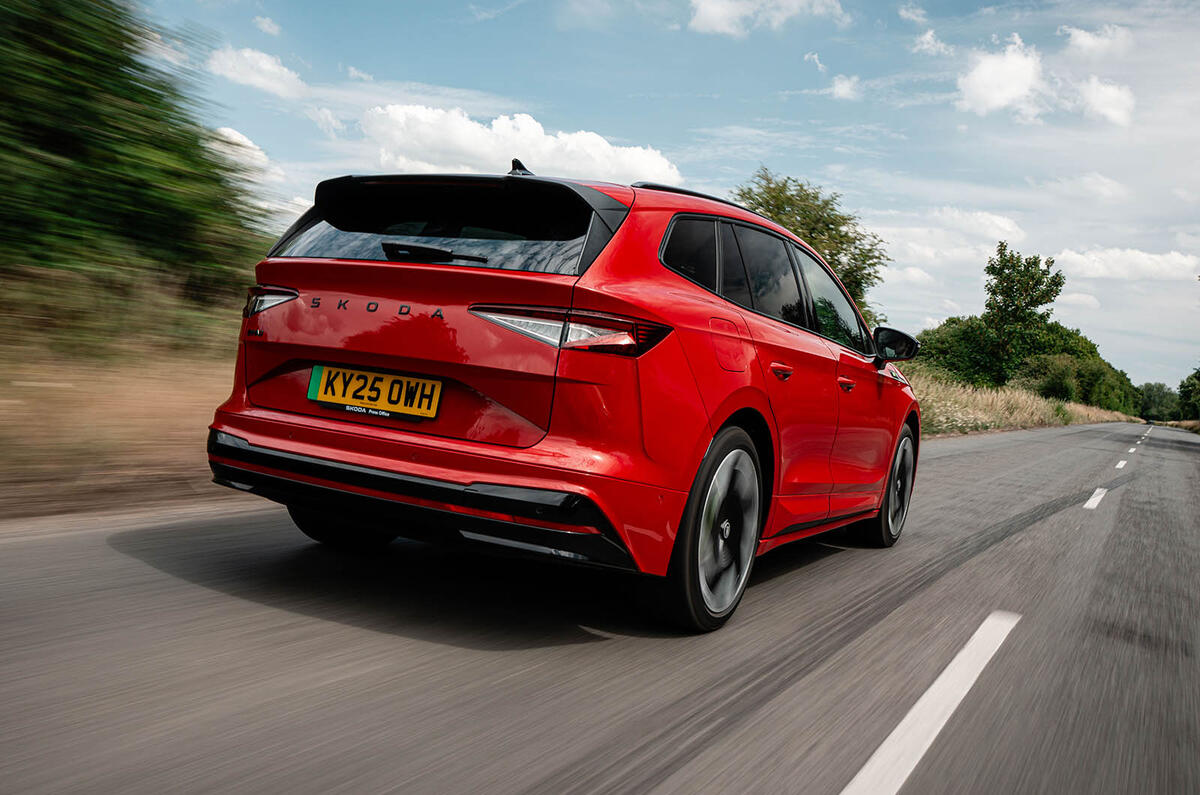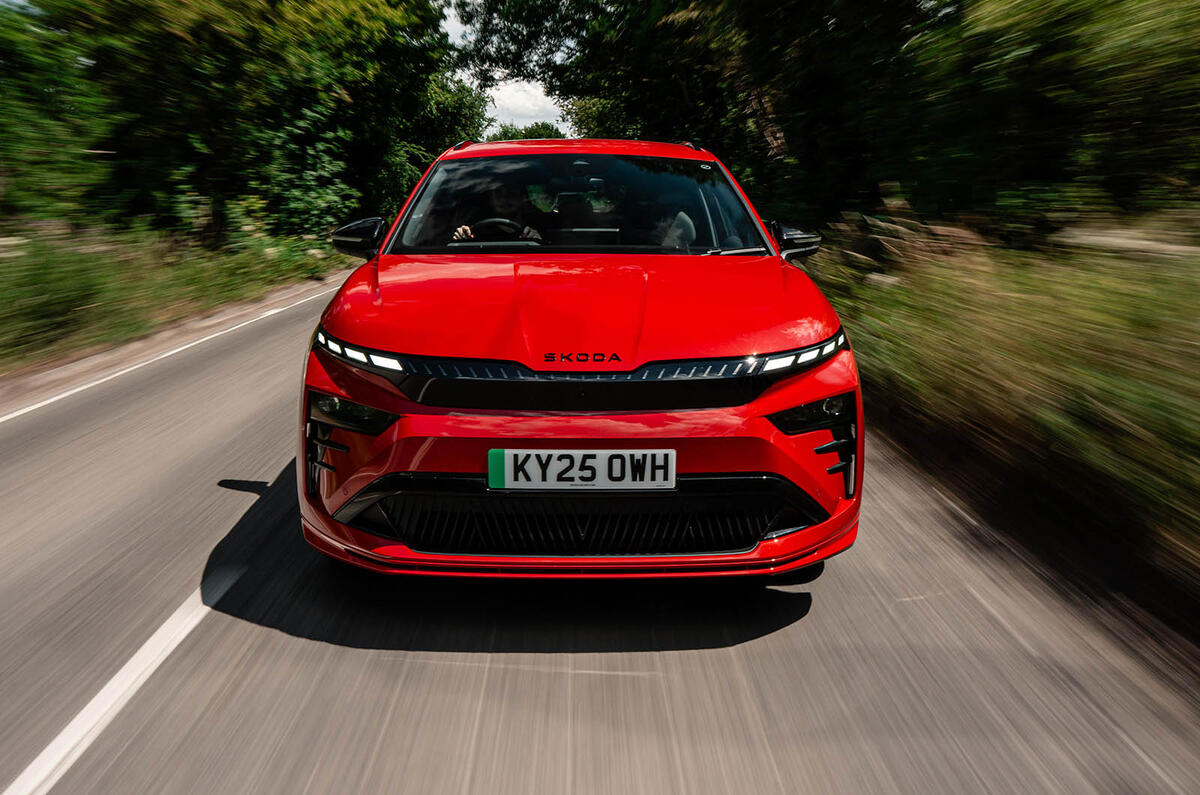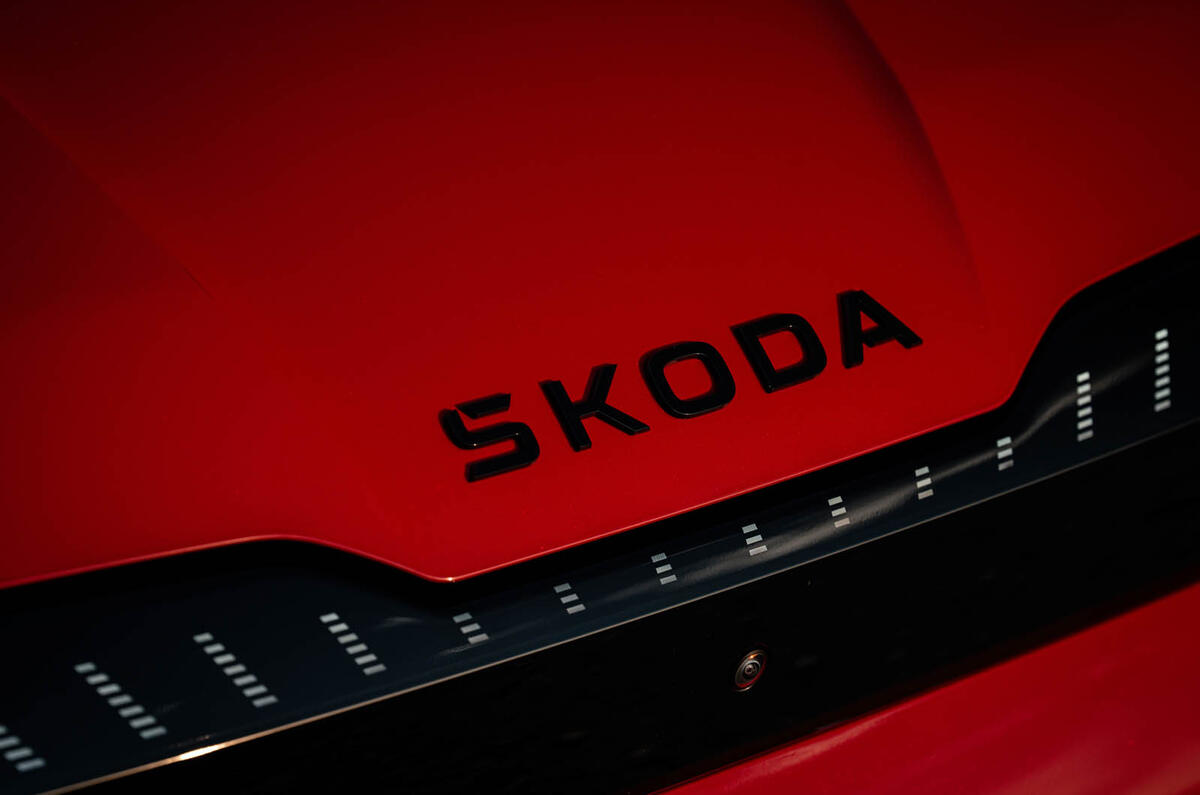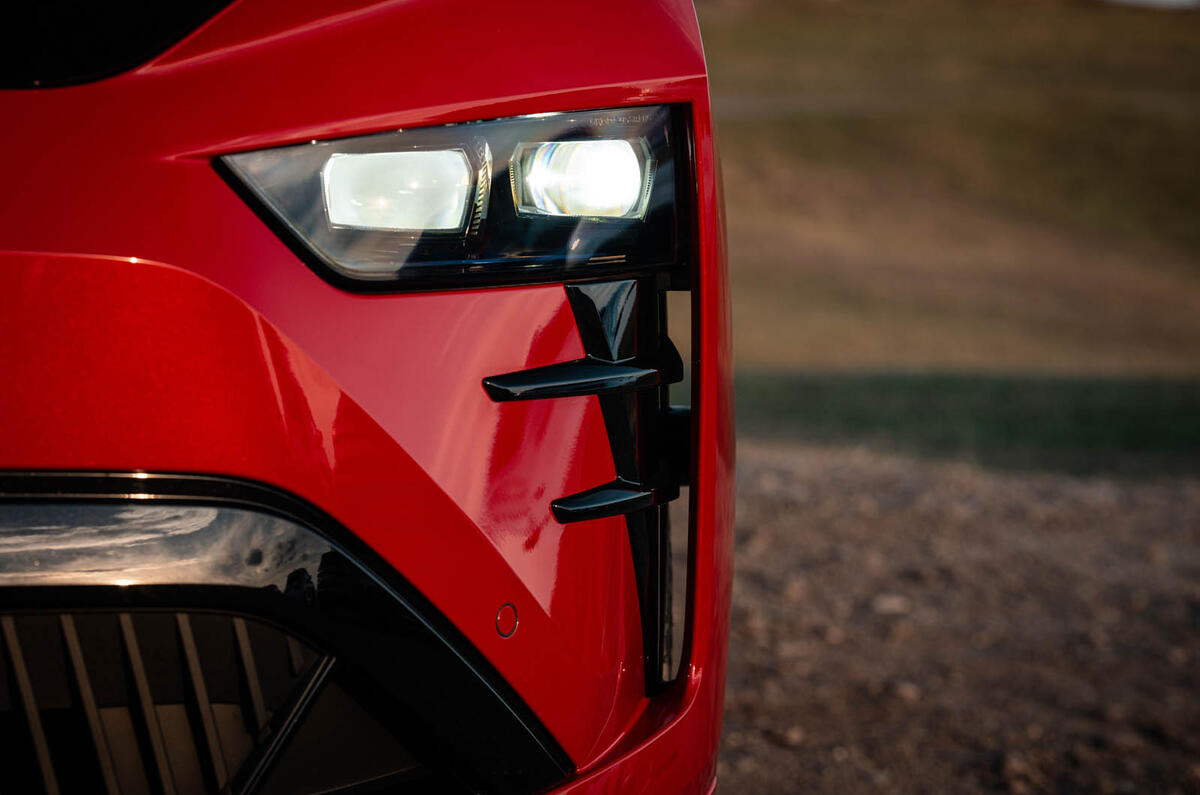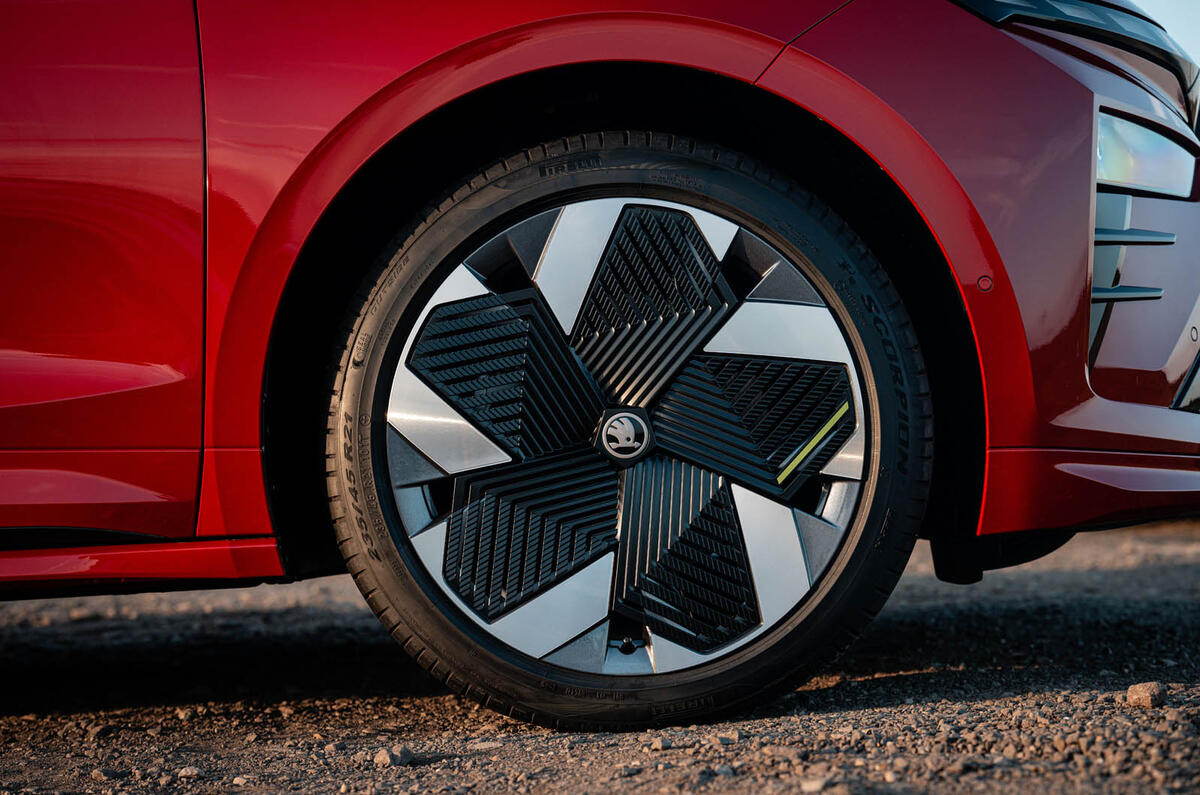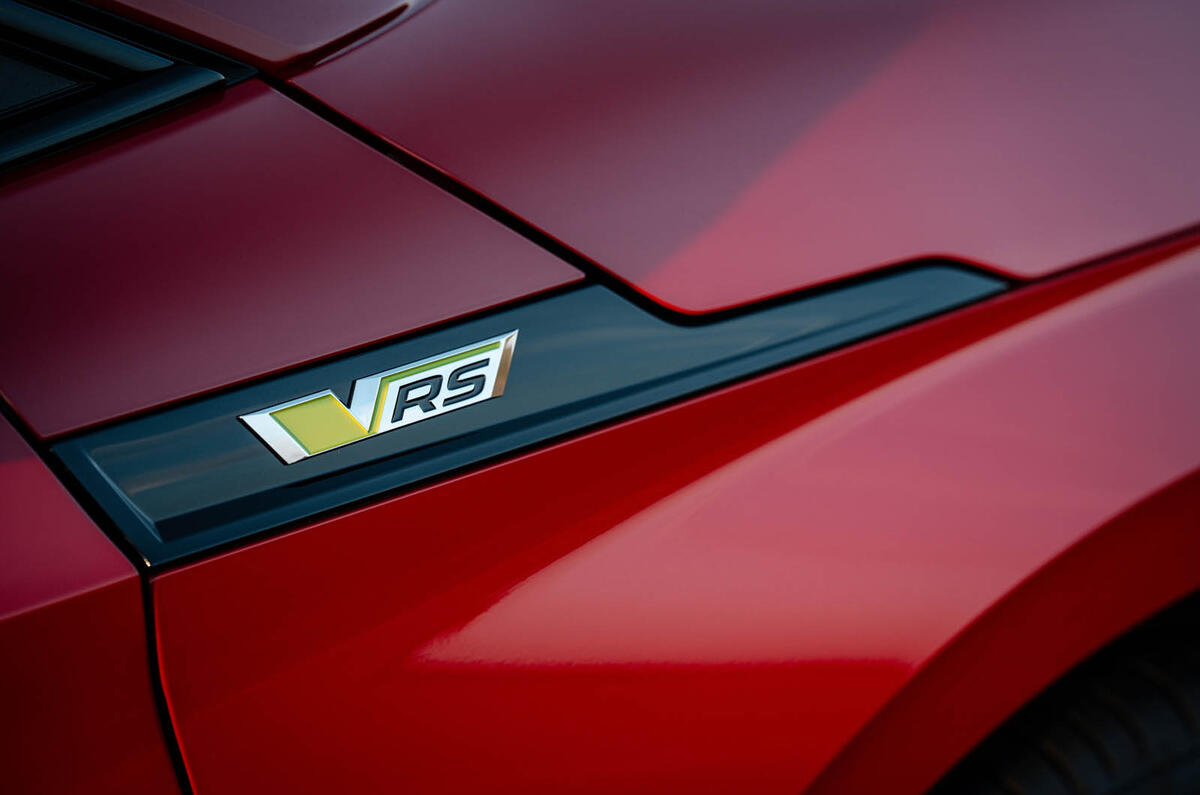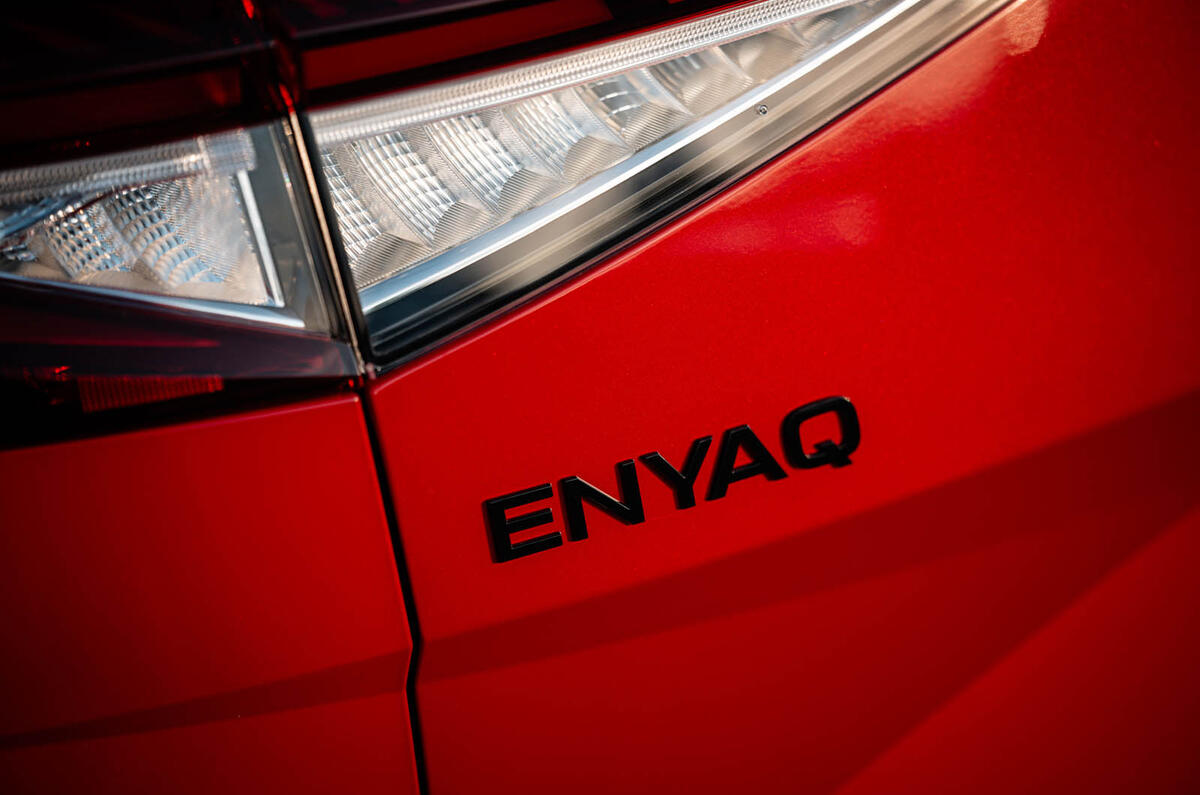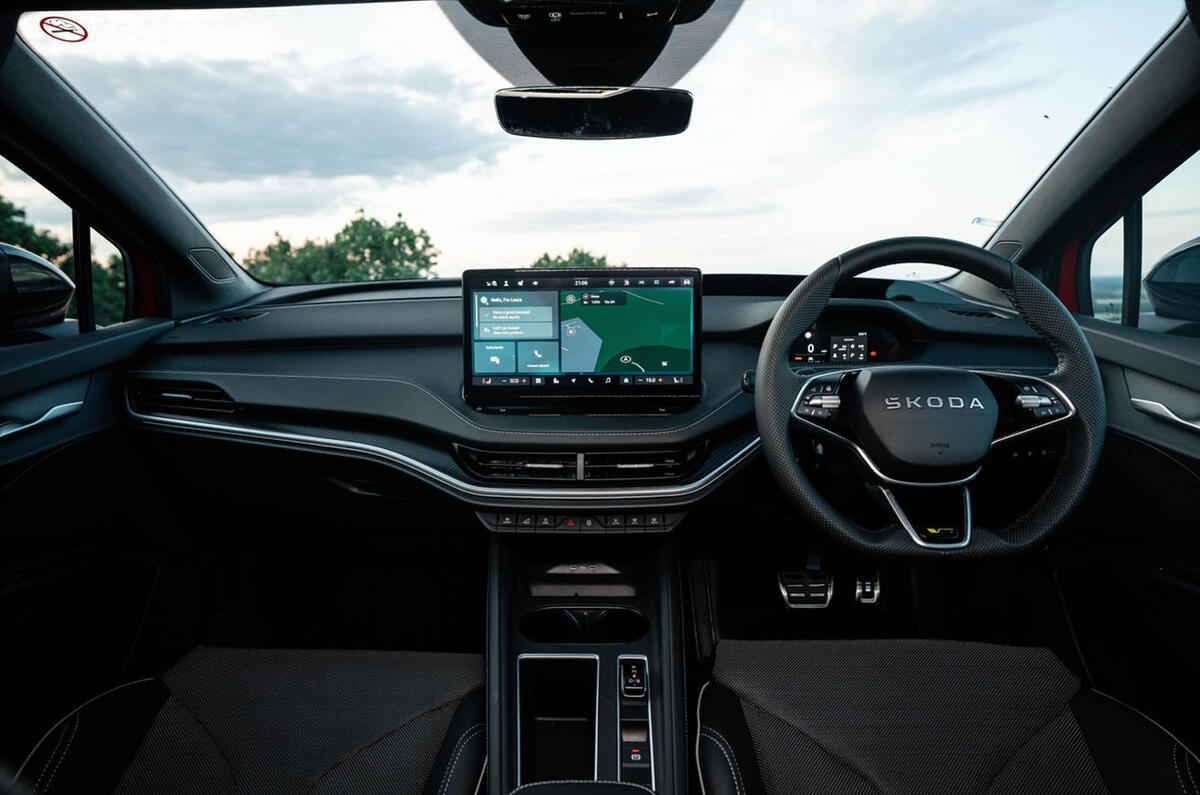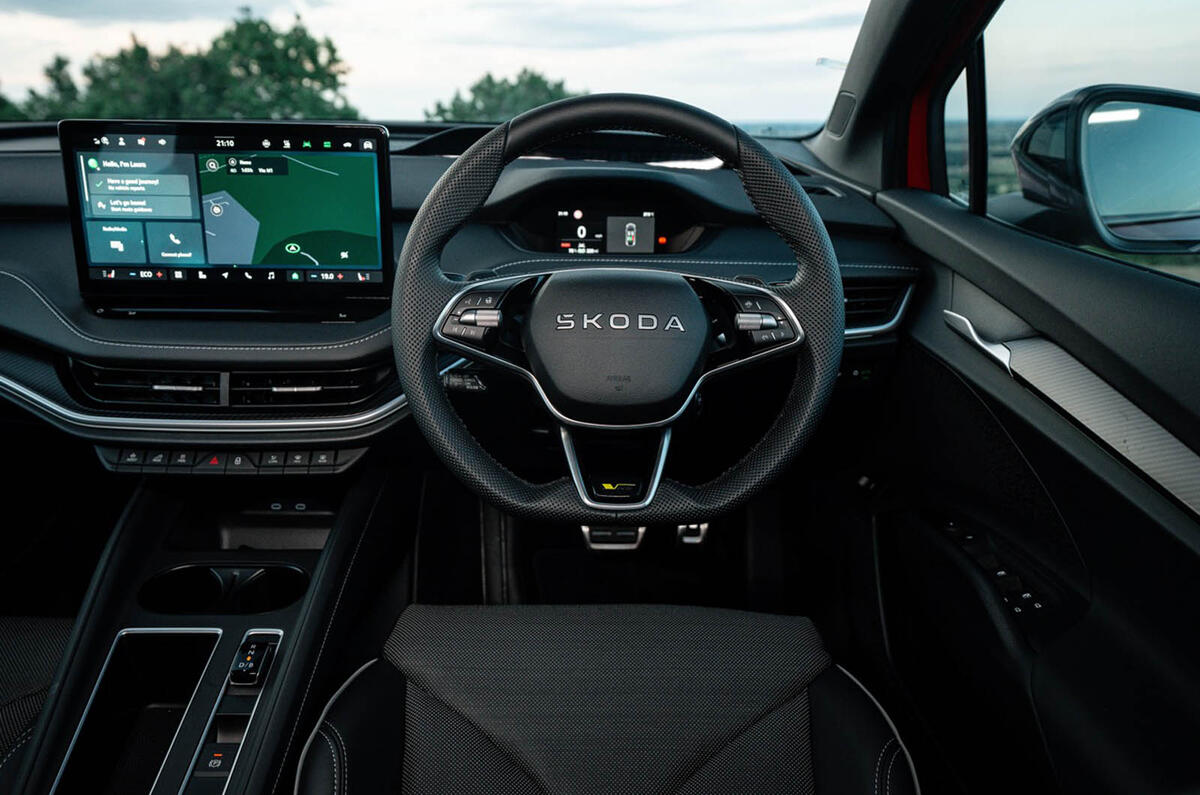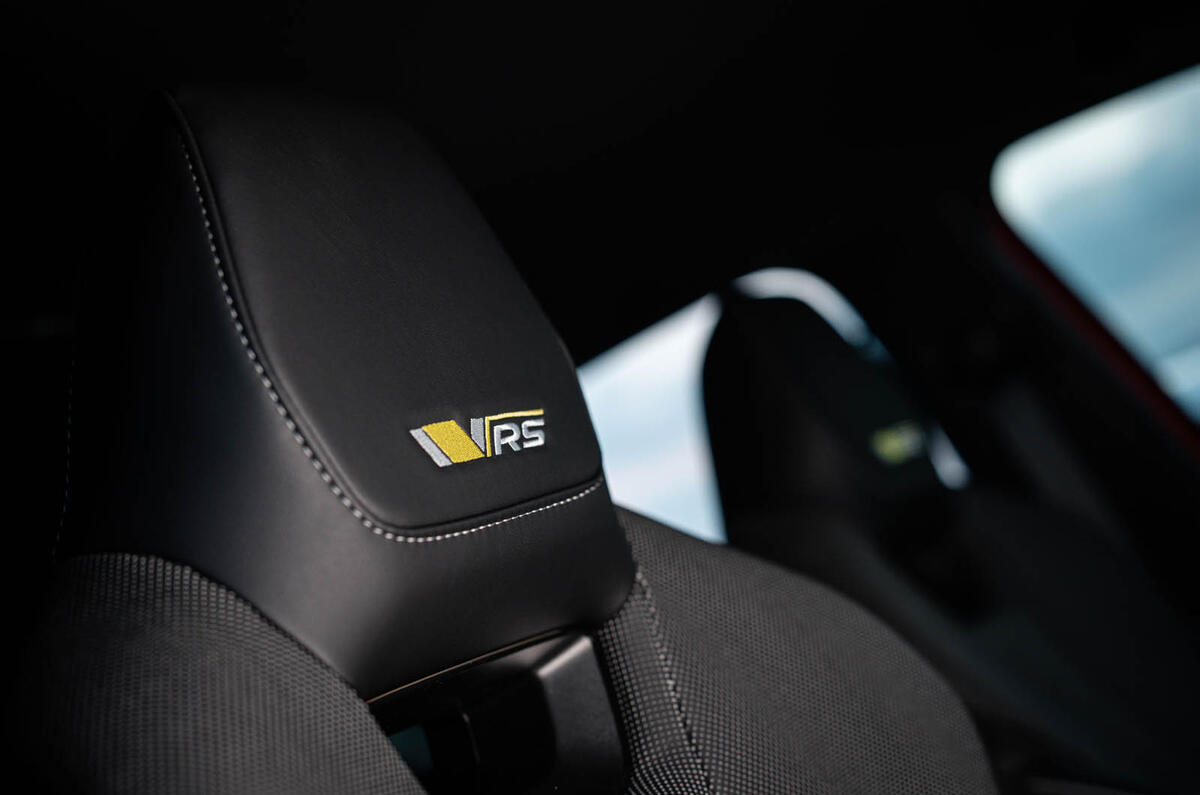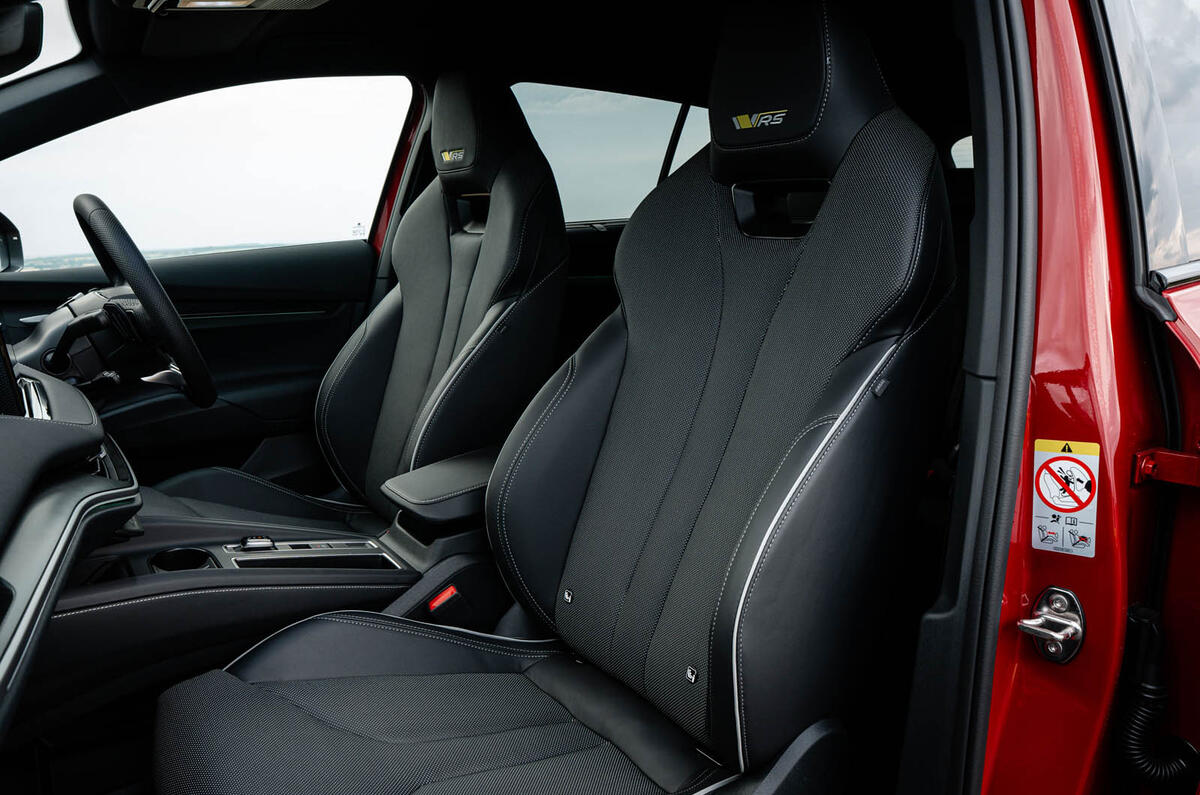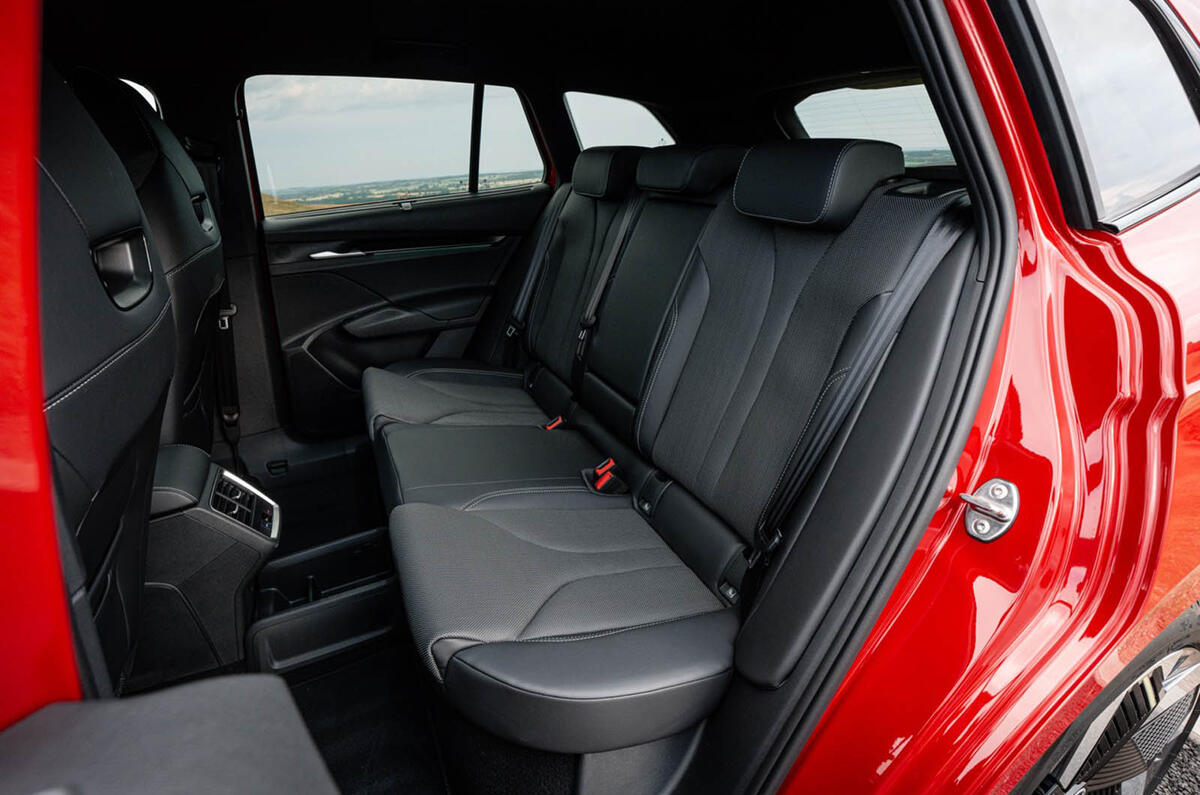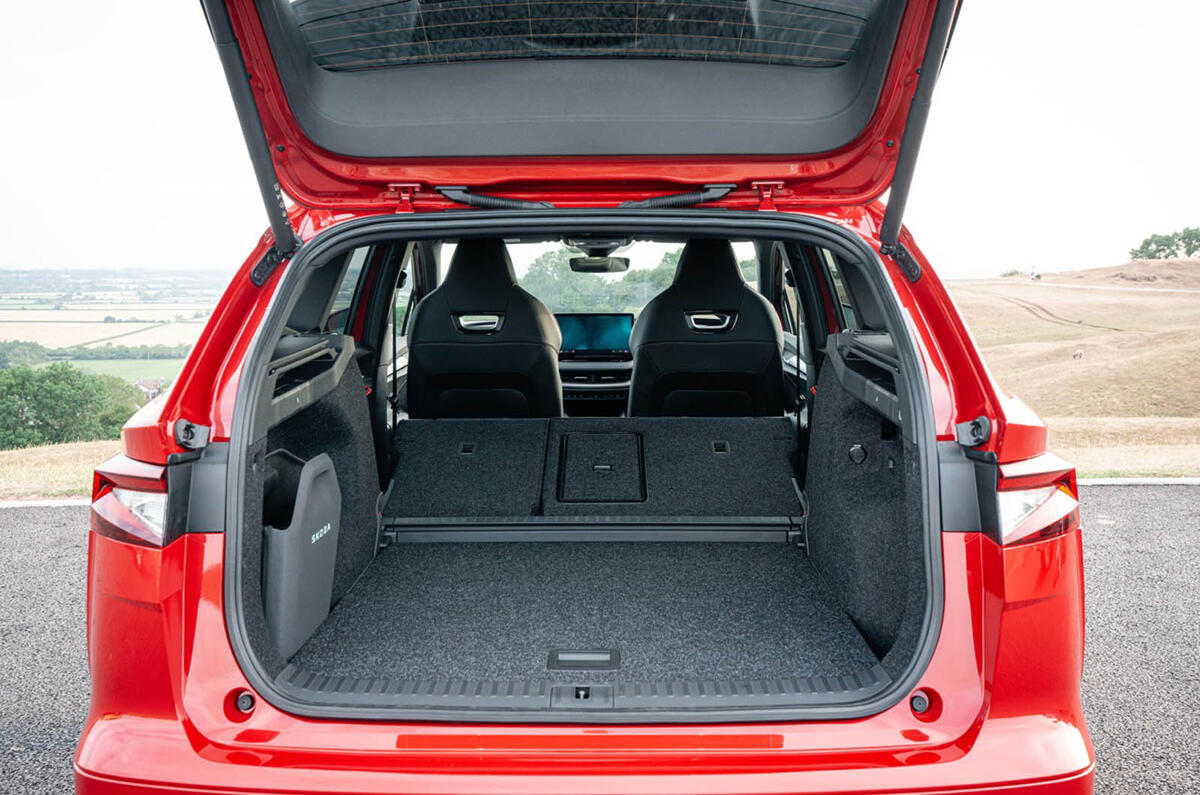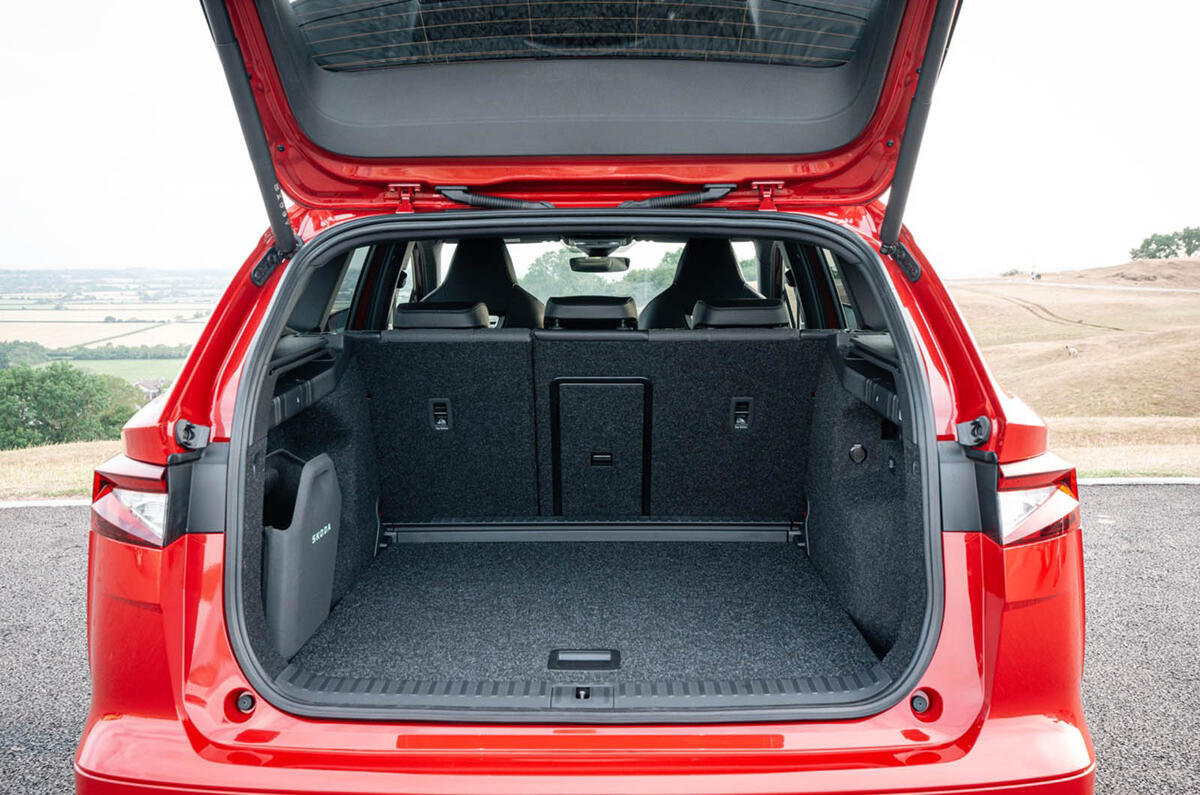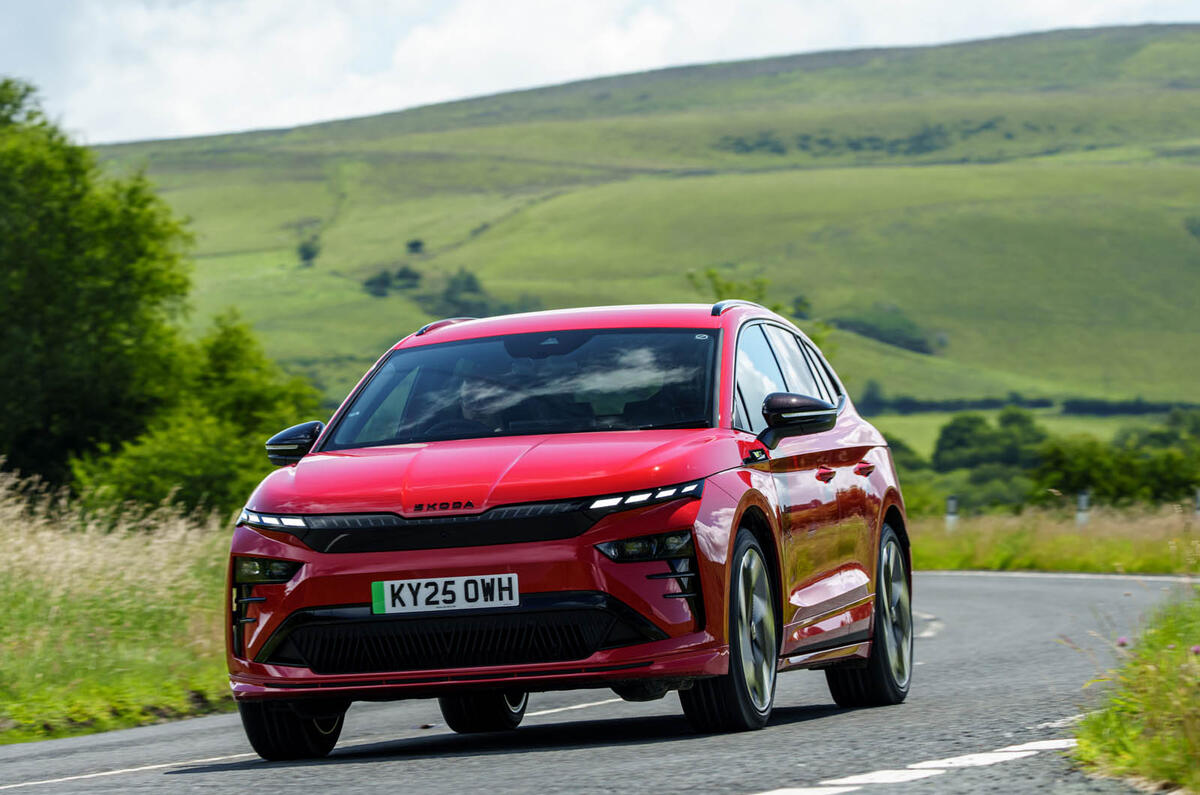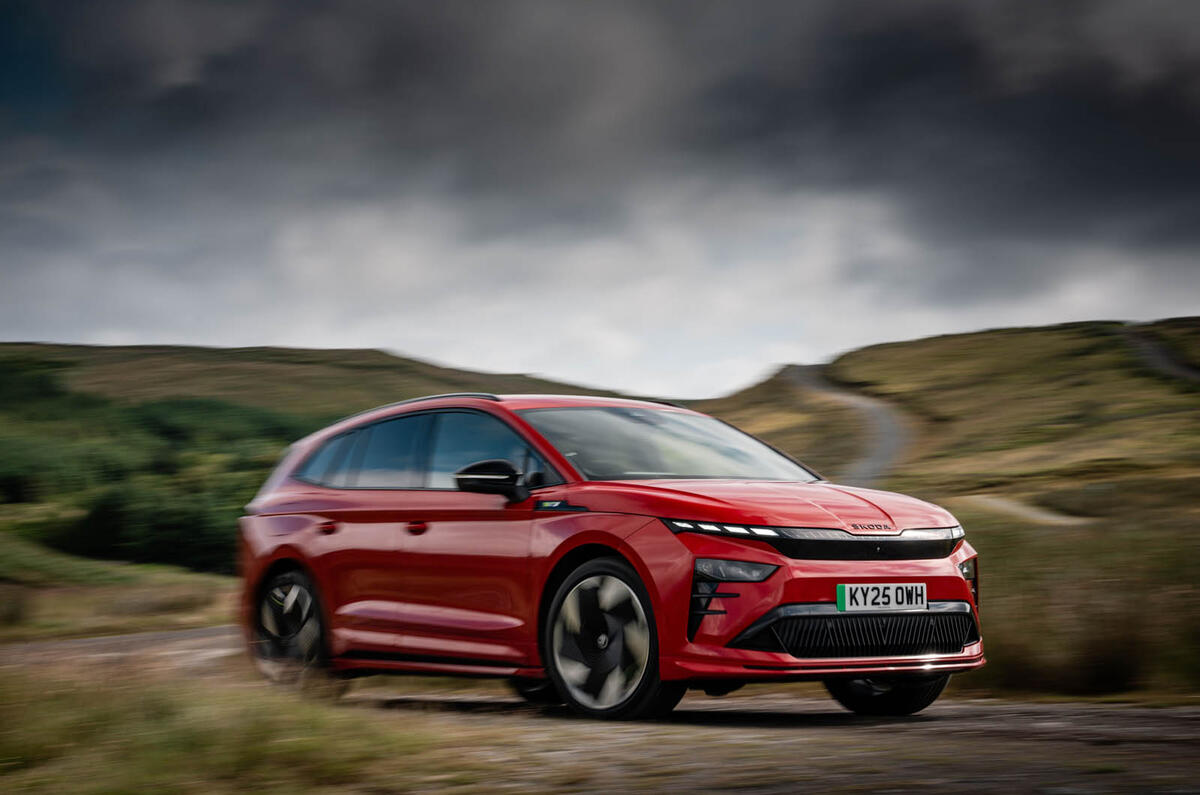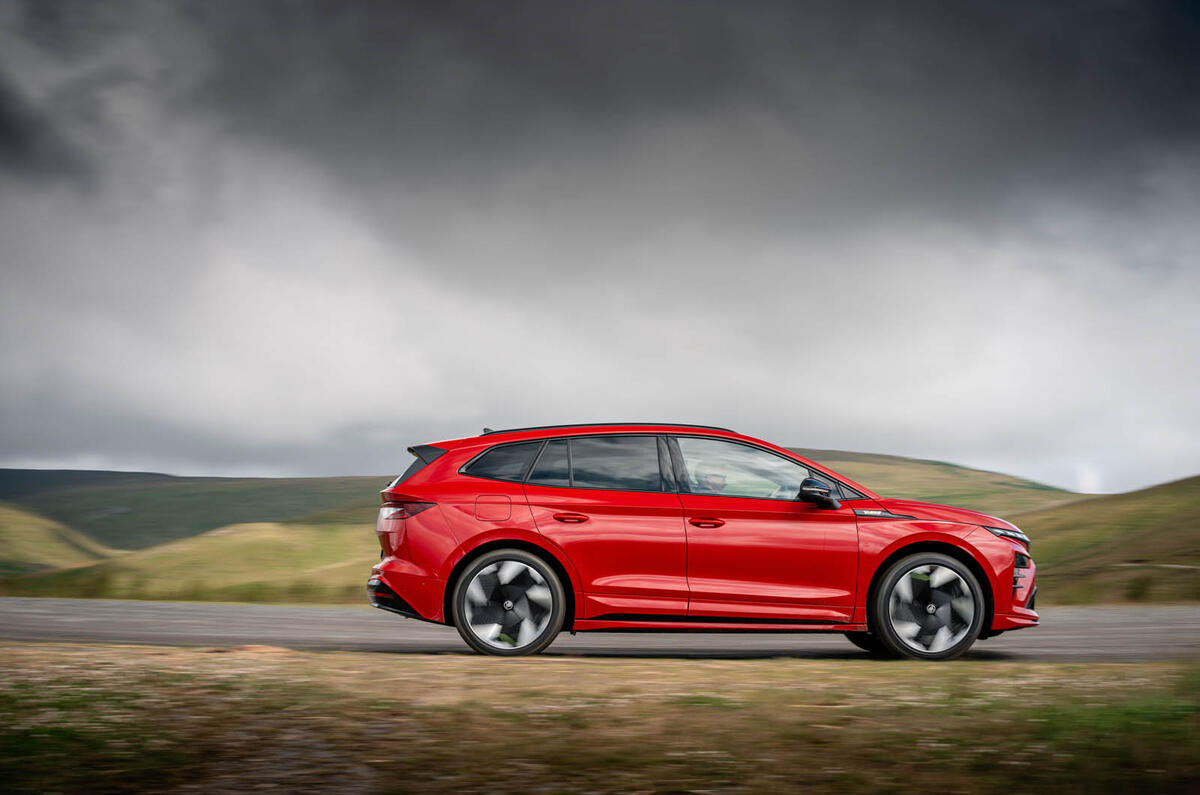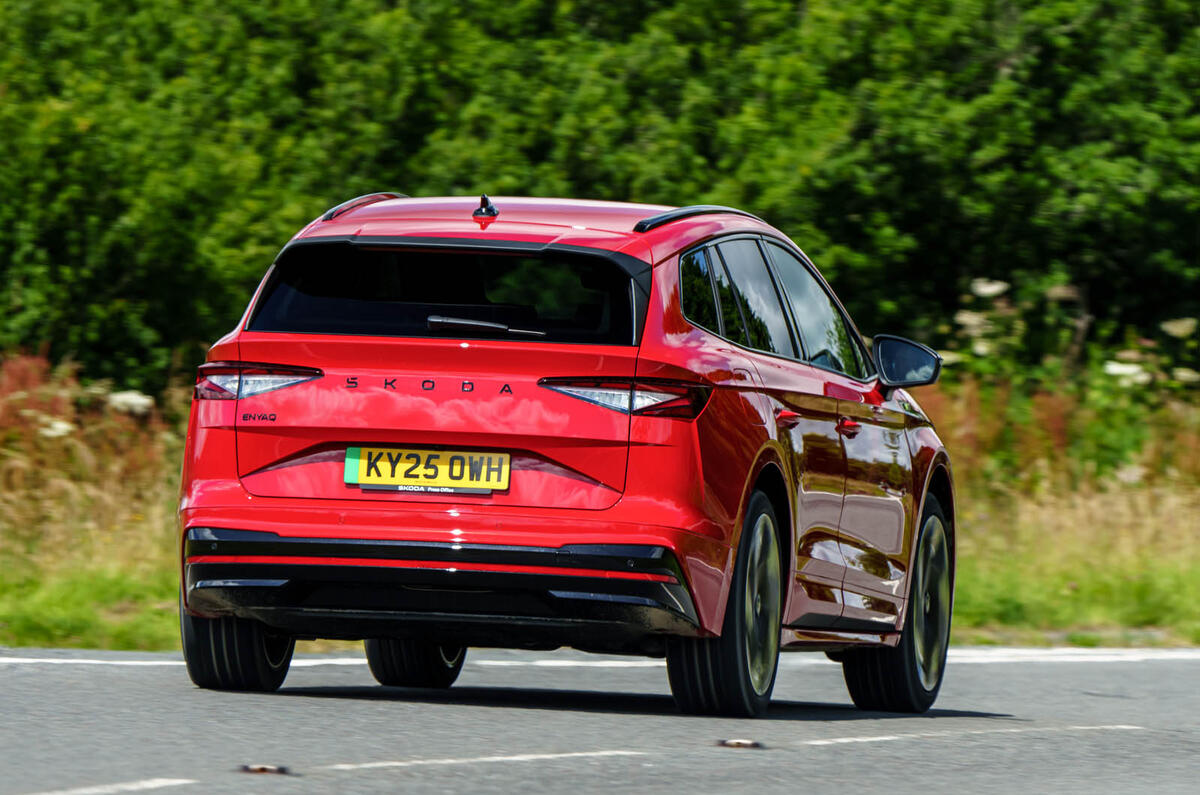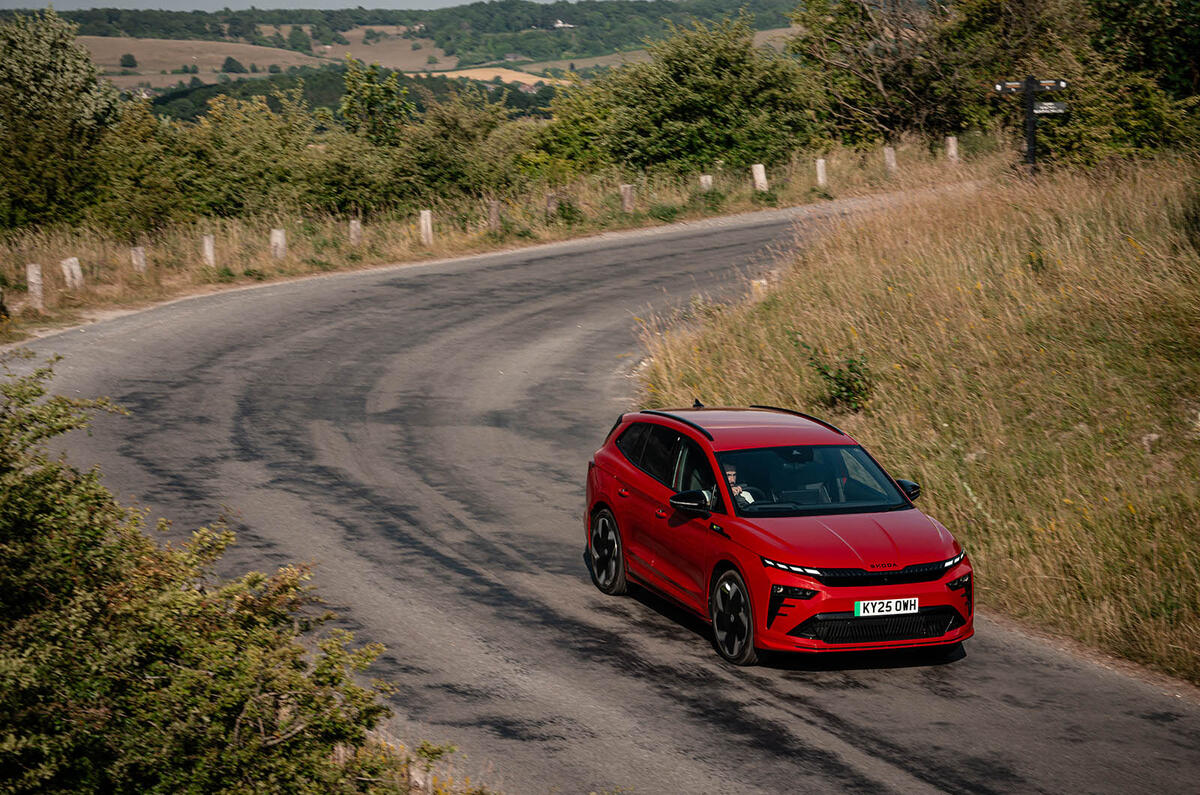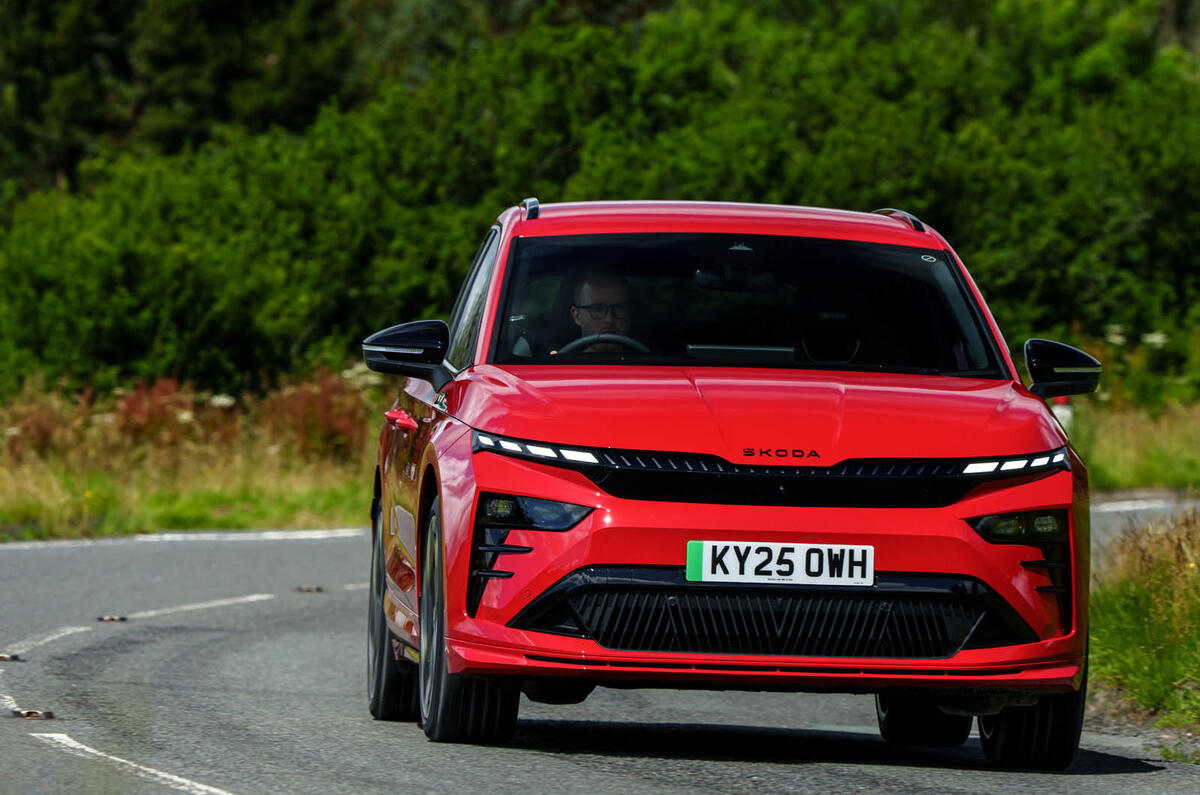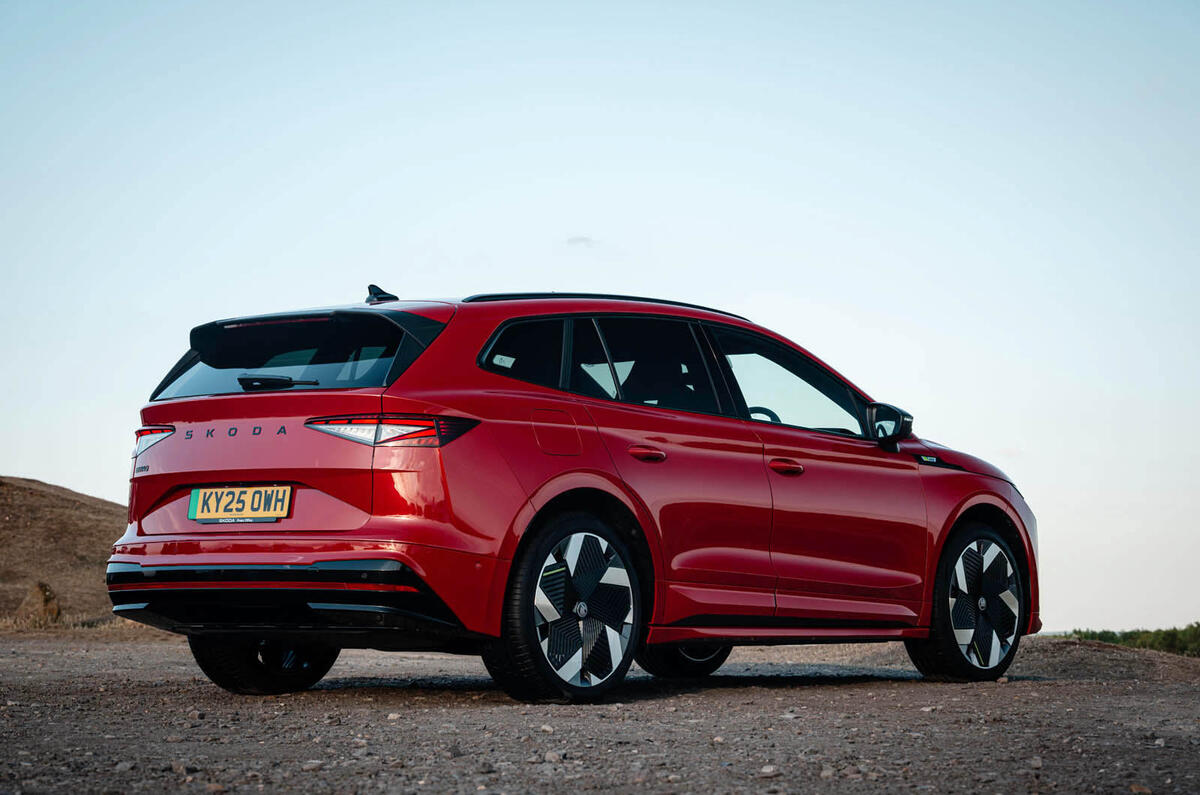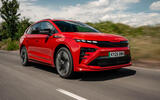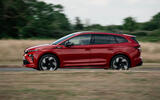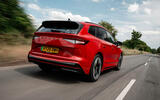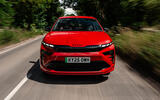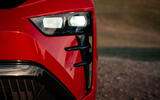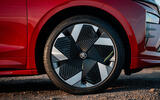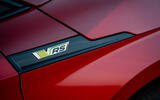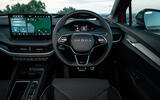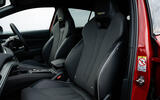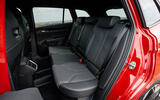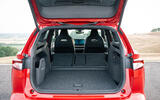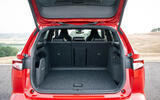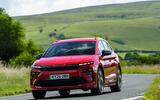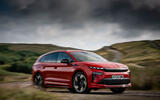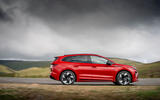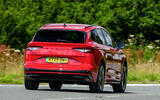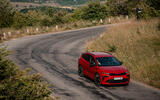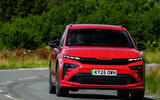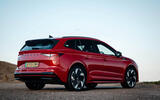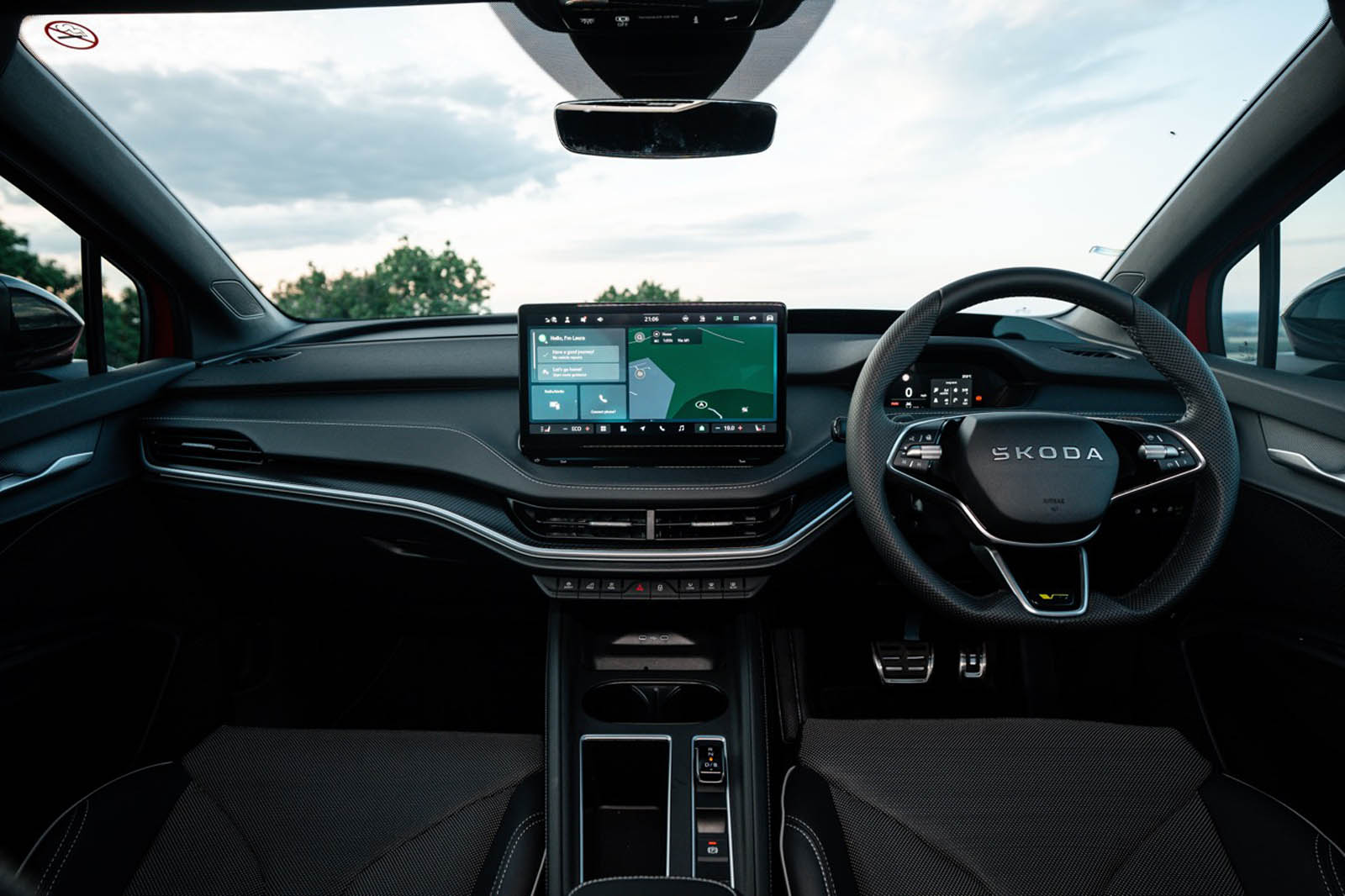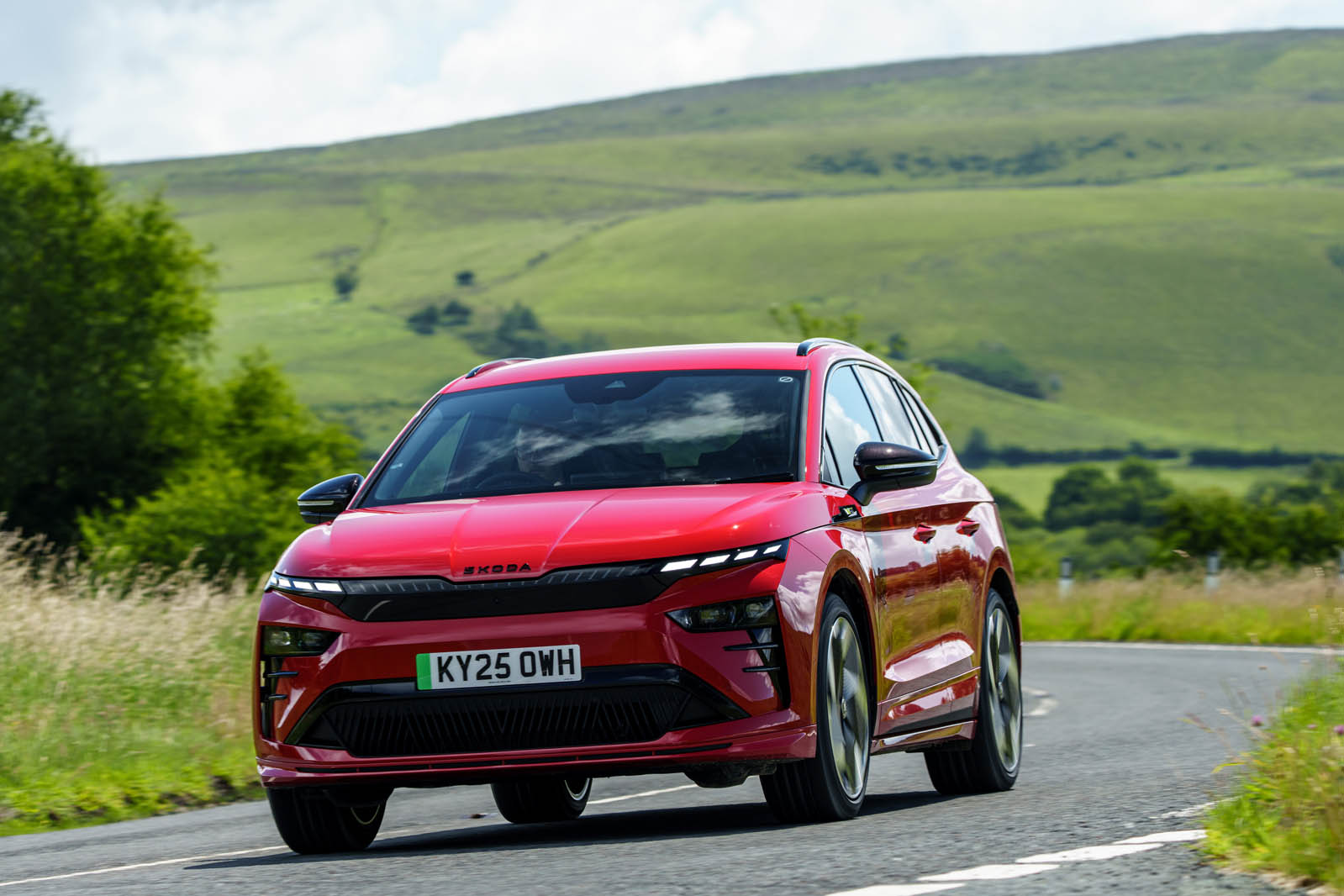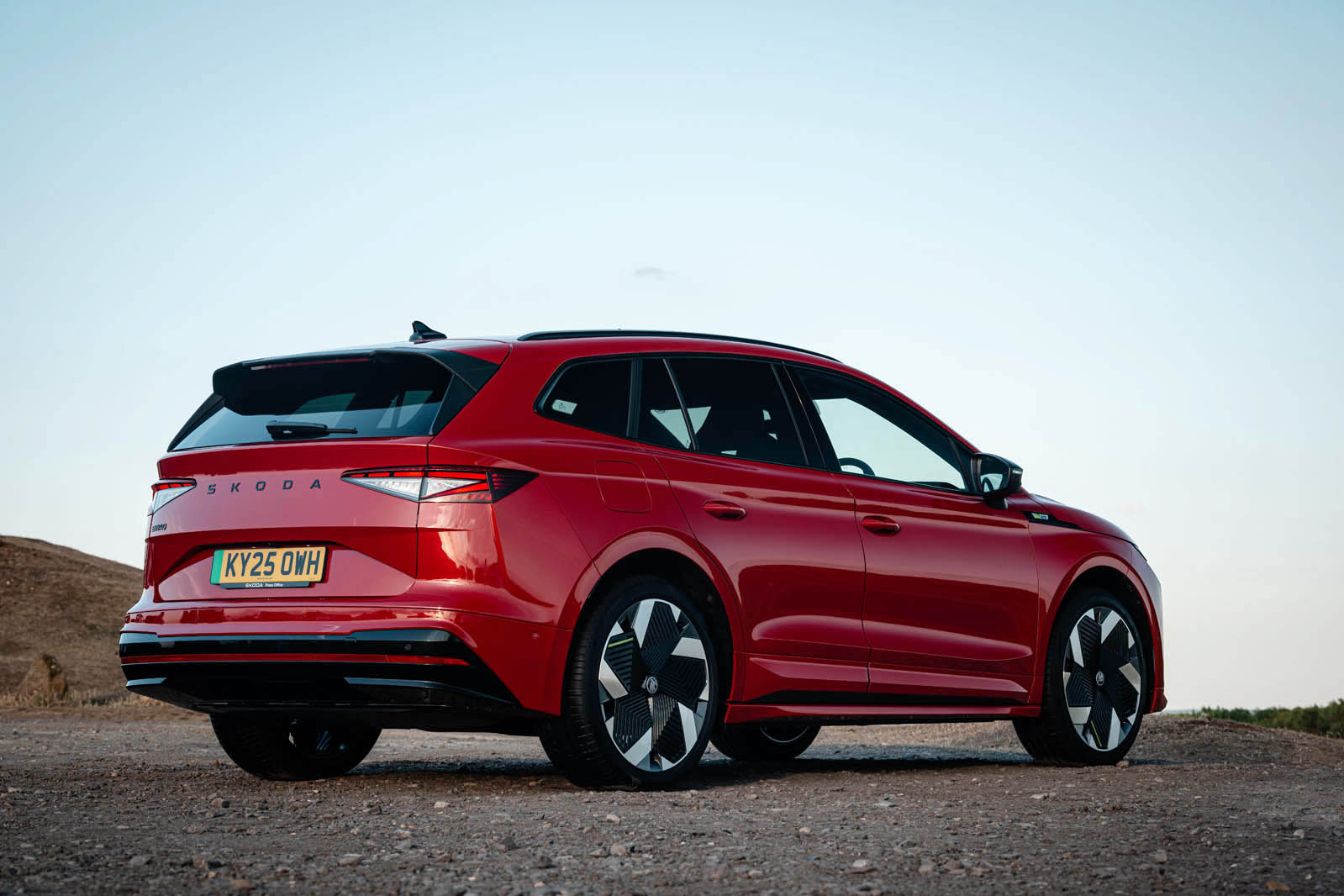There isn’t much ‘victory Rally Sport’ about a 2.2-tonne electric crossover, but Skoda has never been precious about its sporty vRS badge, and if anything this has been to its advantage.
The initials have been applied to subjects as diverse as diesel superminis and plug-in hybrid estates, but we’ve always known what they stand for: a sensible injection of performance and a measured stab of handling intent, plus a lightly racy interior trim and high equipment levels.
Those ingredients work with almost any model in the range, and without inviting overbearing expectation from the fanbase. Witness how Volkswagen has so far not dared to bestow GTI status on its EVs or crossovers, lest a PR disaster unfold. But an Enyaq vRS? Sure, why not?
Skoda launched the Enyaq vRS – its most powerful and expensive model – in 2022 with 295bhp and 338lb ft and a Lamborghini-like, acid-green ‘hero’ colour. Three years later there’s a new version, which has 335bhp and 402lb ft but costing £1500 or so less. This not only busts inflation but also goes counter to the newer car’s better equipment and bigger battery (claimed range is now 344 miles, up from 296 miles, while the rapid-charging speed has risen from 135kW to 185kW). Talk about swimming against the tide. At £51,660, the vRS sits just above the regular Skoda Enyaq Sportline.
Alongside a performance bump, it comes with highly adjustable DCC dampers as standard, along with electric massage seats for both front occupants and, of course, the sharp-but-subtle vRS styling. Rivals include quicker variants of the Ford Mustang Mach-E, Volkswagen ID 4, Kia EV6 and Tesla Model Y – some, but not all, of which the Skoda undercuts on price.


